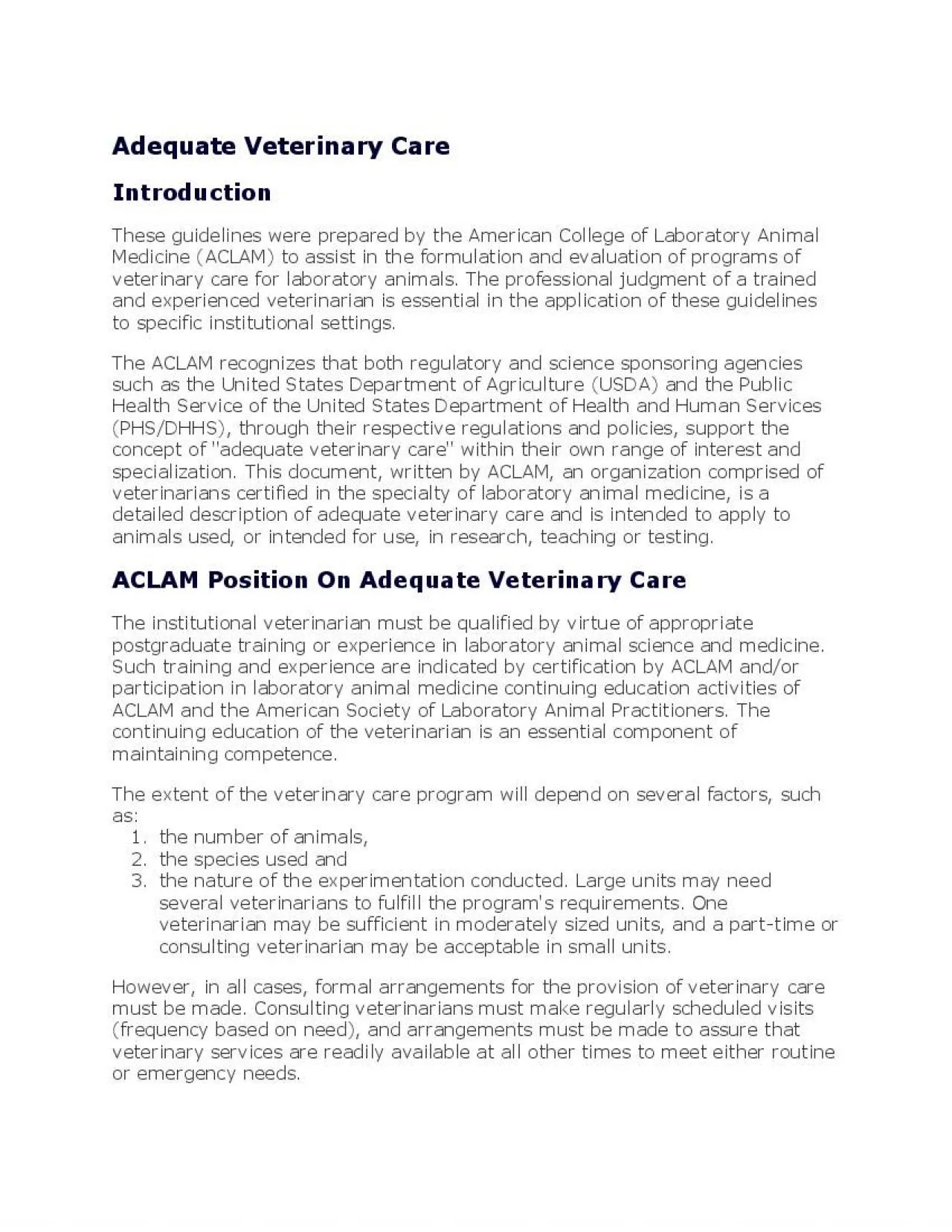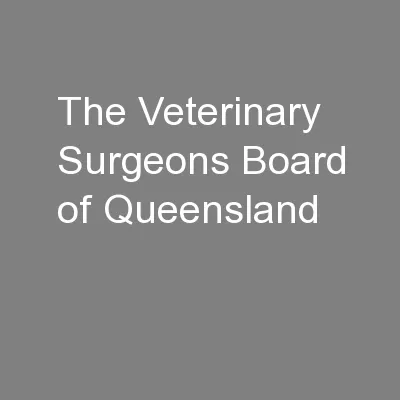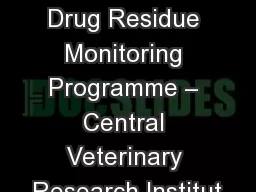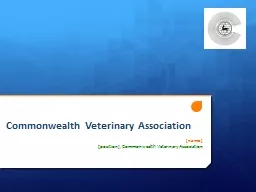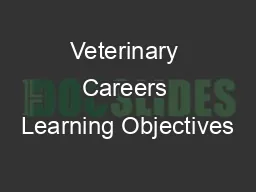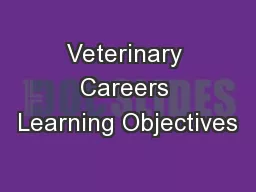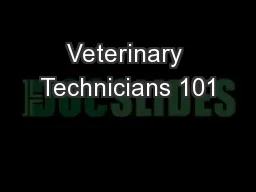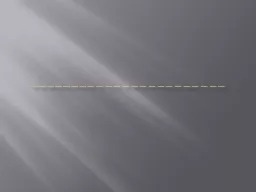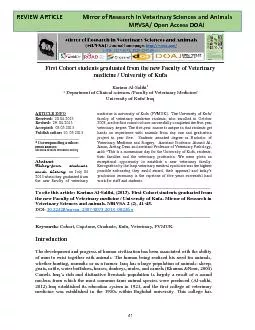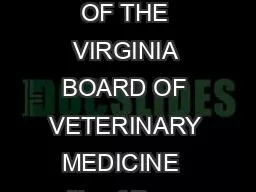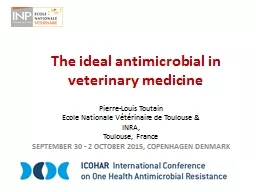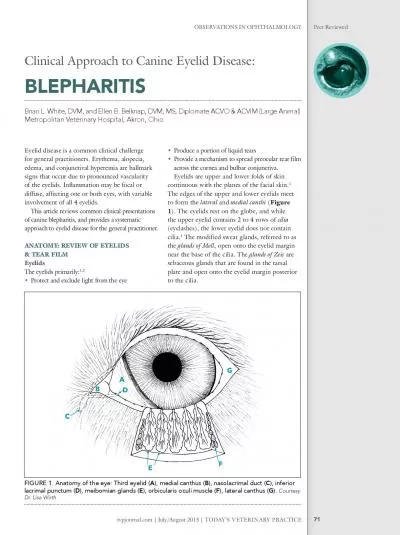PDF-Adequate Veterinary Care
Author : brooke | Published Date : 2021-10-06
IntroductionThese guidelines were prepared by the American College of Laboratory Animal Medicine ACLAM to assist in the formulation and evaluation of programs of
Presentation Embed Code
Download Presentation
Download Presentation The PPT/PDF document "Adequate Veterinary Care" is the property of its rightful owner. Permission is granted to download and print the materials on this website for personal, non-commercial use only, and to display it on your personal computer provided you do not modify the materials and that you retain all copyright notices contained in the materials. By downloading content from our website, you accept the terms of this agreement.
Adequate Veterinary Care: Transcript
Download Rules Of Document
"Adequate Veterinary Care"The content belongs to its owner. You may download and print it for personal use, without modification, and keep all copyright notices. By downloading, you agree to these terms.
Related Documents

